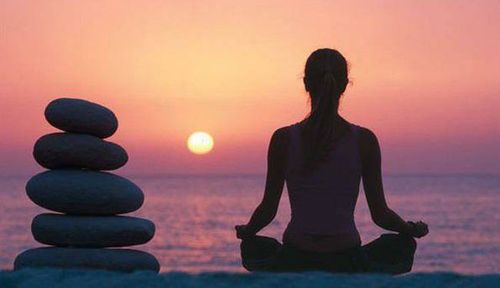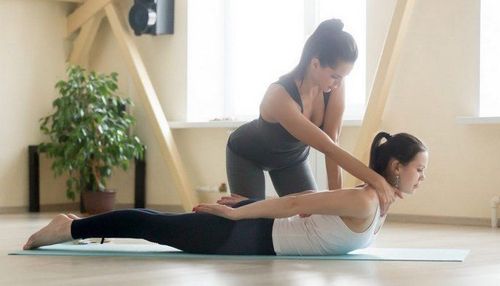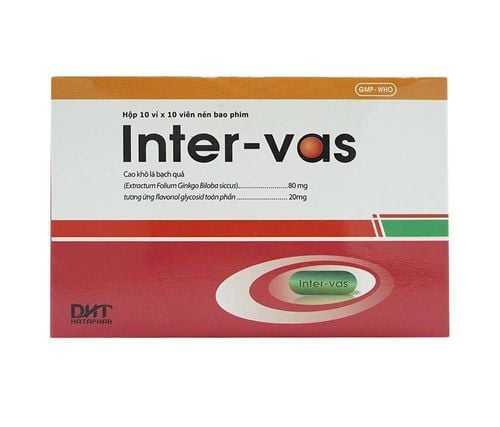This is an automatically translated article.
Qigong is the study and practice of cultivating "qi" energy, through various techniques, including meditation, breathing exercises, and postures. It's an impactful way to move through mindfulness-focused stretching and coordinated poses. Meditation is an important part of the practice, and promotes a calm state of mind. Before you can fully practice qigong, you need to learn how to meditate safely and effectively. Read more to understand more about qigong meditation for beginners.1. What is qigong meditation?
Qigong meditation is an ancient Chinese healing method that combines breath control, gentle movement, and meditation to enhance the practitioner's mental and physical health. Similar to tai chi, qigong meditation is said to be able to treat a variety of health problems, including high blood pressure, metabolic cardiovascular disease, type 1 and type 2 diabetes, and chronic fatigue. , insomnia , leg pain , back pain and many other medical conditions . However, currently, research on the benefits of qigong meditation on health is still limited. With qigong meditation growing in popularity, many people may question whether this is the method they should try.1.1. What is qigong meditation?
Qigong (pronounced "chee-gong") meditation is an ancient Chinese healing method that combines meditation, controlled breathing, and gentle movement. Qigong meditation is roughly translated as “master of energy” and combines two important concepts of traditional Chinese medicine (TCM). Qi roughly translates to "important life force", while gong means "to master or cultivate". Qigong meditation is aimed at cultivating the energy and power of nature into a person's body to promote the development of their mental and physical health.In the concept of traditional Chinese medicine, poor health is the result of energy flowing through the twelve meridians - or parts - of the body being blocked. Thus, qigong is said to promote health by allowing that energy, or qi, to circulate throughout the body. Qigong is popular in China for the purposes of exercise, entertainment, relaxation, disease prevention, and physical and mental healing. In addition, it is even used in martial arts training. Despite its widespread use, research on the actual effects of qigong meditation is still very limited.
In a nutshell, qigong meditation (pronounced "chee-gong") is a traditional Chinese medicine healing method that is believed to support mental and physical health through transformational techniques. Gentle movement, meditation and breathing.
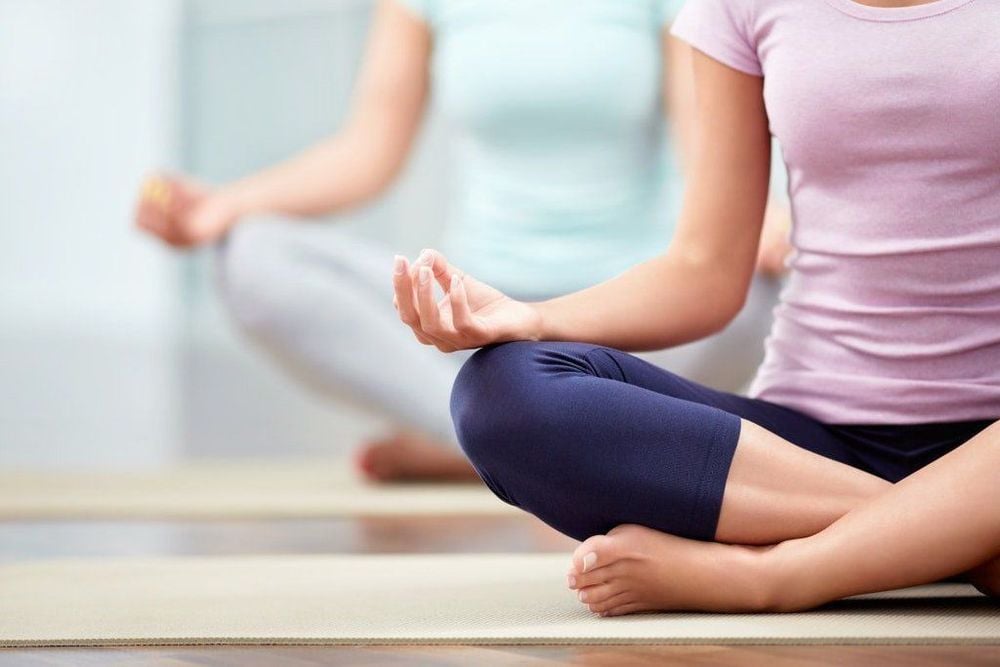
Thiền khí công thúc đẩy sự phát triển sức khỏe tinh thần, thể chất qua các kỹ thuật chuyển động nhẹ nhàng, thiền và thở
1.2. Types of qigong meditation
There are many ways to practice qigong, but traditional Chinese medicine divides qigong meditation into two main categories: active (dynamic) qigong and passive qigong. Active qigong uses slow, controlled movements, while passive qigong involves stillness and calm breathing. Qigong can also be practiced internally (alone) or externally (through a qigong therapist). With external qigong, a therapist “releases” a stream of chi to help the patient improve his or her condition. Even so, for most people, qigong is a self-healing technique that is practiced without a therapistRegardless of the form of qigong, the goal is to allow energy to flow freely. throughout the body to open up the meridians and make it easier for blood to circulate in the body.
Active (dynamic) Qigong
Active Qigong - also known as dongco - involves intentional, active movement and controlled breathing to enhance yang energy. Traditional Chinese medicine holds that yang energy represents positive energy, strength and life, while yin energy represents passive energy, calmness and tenderness. Dynamic Qigong is the repetition of gentle, coordinated movements to promote self-balancing, release areas of congestion for increased muscle strength and flexibility, and greater muscle awareness. body of a person in space (called proprioception).
This type of qigong is considered an exercise but shares characteristics with passive qigong, such as attention to posture, body control, focus on relaxation and visualization.
Passive Qigong
Passive Qigong focuses on embracing yin energy and then through the stillness of the body and spiritual cultivation of qi energy. In this form of qigong, the body does not move outside, but the mind will work actively to cultivate and move qi energy throughout the body. Passive Qigong is a form similar to traditional meditation.
In summary, the two main types of qigong include active and passive qigong. Active qigong uses slow, controlled movements to help energy - or qi - flow through the body's meridians, while passive qigong involves stillness and controlled breathing .
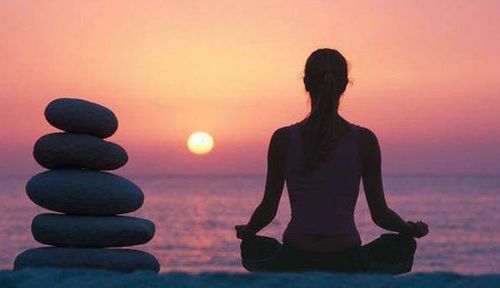
Tập thiền khí công có thể được coi là một kỹ thuật tự chữa bệnh được thực hành mà không cần bác sĩ trị liệu
2. Qigong Meditation for Beginners: Techniques, Benefits
2.1. Benefits of qigong meditation
Qigong meditation offers many benefits. Some of them have been shown by numerous studies, including improving balance and posture, as well as reducing stress levels. Other purported benefits include a reduced risk of chronic diseases and improved concentration.Improves overall balance
Qigong focuses on slow, controlled movements of the body to improve self-perception or awareness of one's own body in space, helping to increase balance, muscle strength and flexibility. In a 2020 study in 95 adults aged 51–96, those who participated in weekly qigong exercises for 12 consecutive weeks experienced significant improvements in balance and gait scores while walking. set. Interestingly, qigong can also help improve balance in young people. A randomized pilot study of 30 people aged 18–25 years showed a 16.3% increase in stability scores after weekly qigong exercises for 8 weeks. No changes were observed in the control group.
Considering all age groups can safely participate in qigong, this could be an effective and exciting finding to improve overall balance for all and reduce risk fall down.
Stress and anxiety relief
Qigong includes meditation, the ability to control breathing, and gentle movements, all of which have been shown to help reduce stress and anxiety symptoms. Calm, controlled breathing tells our bodies that there is no immediate threat and activates the parasympathetic nervous system - your "rest and digest" system. It also slows down the body's stress response system, commanded by the hypothalamic-pituitary-adrenal (HPA) axis.
Additionally, incorporating qigong into one's daily or weekly practice can increase quality of life by reducing stress, helping to promote mental and physical well-being. Although more large-scale studies are needed to fully substantiate these claims, by incorporating qigong into our weekly or daily routines, it can lead to greater control. daily stressors in life
May reduce chronic disease risk
Qigong is a gentle form of exercise with an emphasis on breathing regulation, meditation. Taken together, this can reduce stress on the body, increase blood flow and improve our overall physical strength - all of which can reduce our risk of chronic diseases. In particular, qigong has been shown to reduce the risk and improve symptoms of type 2 diabetes and cardiovascular disease. This indicates that most people can safely practice weight training in addition to current medical treatments prescribed by their healthcare provider.
However, researchers recommend that larger and more robust studies are needed before qigong can be recommended as a standard treatment.
Can improve concentration
Many people always struggle to focus on work due to the hecticness of daily life. Qigong requires concentration of your breath, mind, and body. Through regular practice, qigong can help improve our ability to focus by helping us learn to regulate our thoughts in a more effective way.
In a nutshell, the benefits of qigong include improved balance, more mental focus, reduced stress levels, reduced anxiety disorders, and reduced risk of chronic disease. Although many people strongly believe in the benefits that qigong can bring, larger studies are needed to confirm this.
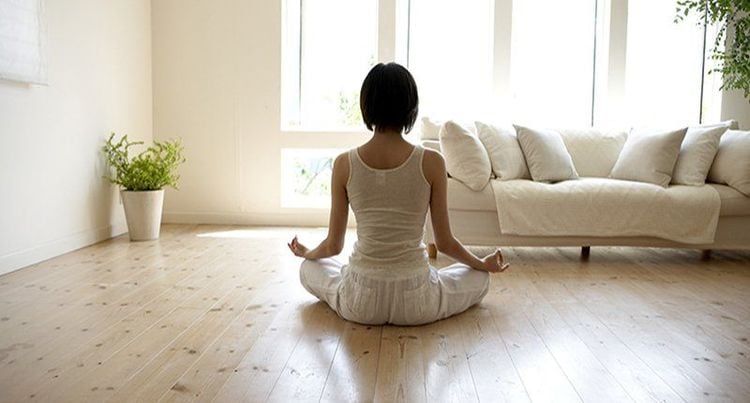
Thiền khí công nâng cao sức khỏe giúp giảm nguy cơ mắc các bệnh mạn tính và cải thiện khả năng tập trung
2.2. Qigong meditation technique
There are dozens of variations of qigong. However, before starting any new exercise routine, it's best to talk to your doctor or professionals first.Passive Qigong
Passive Qigong is very similar to traditional meditation. The two main types of passive qigong mentioned are: Mental concentration (ru jing) and visualization (cun si).
To focus mentally, qigong practitioners just need to sit in a comfortable upright position, close their eyes, and breathe in and out through their abdomen (diaphragm breathing). Ideally, try to sit for at least 10 minutes or so and focus on your breathing.
Visualization based on a similar qigong practice that focuses the mind but adds imagination. With your eyes closed, imagine things that bring you joy or relaxation (for example, a beach scene, a valley full of flowers, a mountain peak). Use these images to help direct positive energy throughout the body. In addition, qigong practitioners can also visualize energy going to an organ or area in the body that needs healing. To enhance your practice, attend classes or read qigong tutorials to learn chanting, visualization, and other meditation techniques.
Positive Qigong
The goal of positive qigong is to continuously keep the qi in your body circulating. Unlike yoga, which often focuses on static stretches, active qigong requires you to keep your body moving through different sequences of movements. Since qigong involves a series of movements, it's best to start with a beginner's class or an online video. Ideally, active qigong is practiced in a group setting to promote connection and community, which traditional Chinese medicine believes is important for health and healing. For both passive and active qigong, the most important thing to remember is to exercise patience as you learn and enjoy the process.
Qigong is an adopted type of meditation and healing practice that has been a part of traditional Chinese medicine for centuries. Qigong benefits include reducing stress and anxiety, increasing concentration, and improving balance and flexibility. Qigong may even reduce the risk of certain chronic diseases. Most forms of qigong can be practiced by people of all ages and conditions. However, if you have chronic medical conditions or are experiencing an injury, it is best to speak with your healthcare provider before introducing any new form of exercise into your daily routine. day.
Please dial HOTLINE for more information or register for an appointment HERE. Download MyVinmec app to make appointments faster and to manage your bookings easily.
Reference sources: wikihow.com, healthline.com





